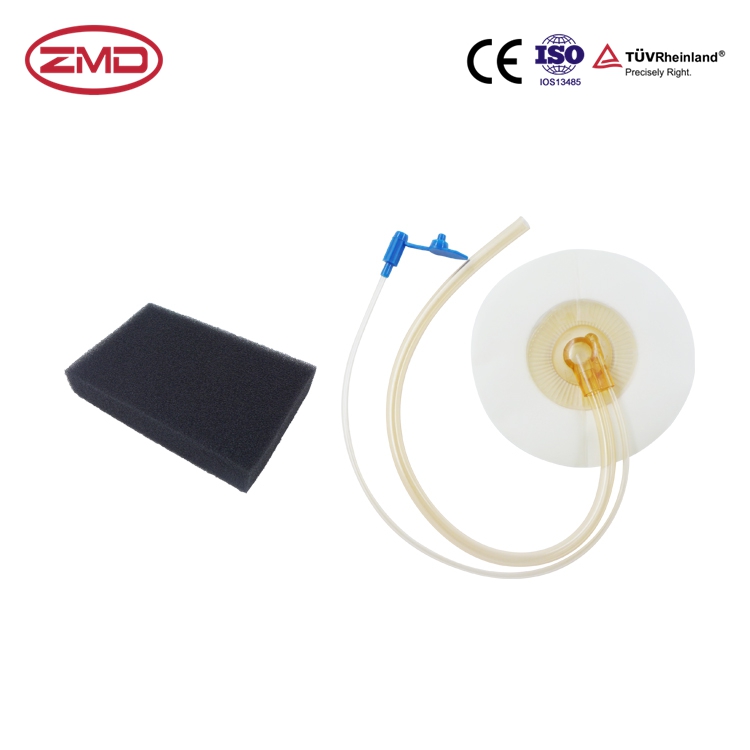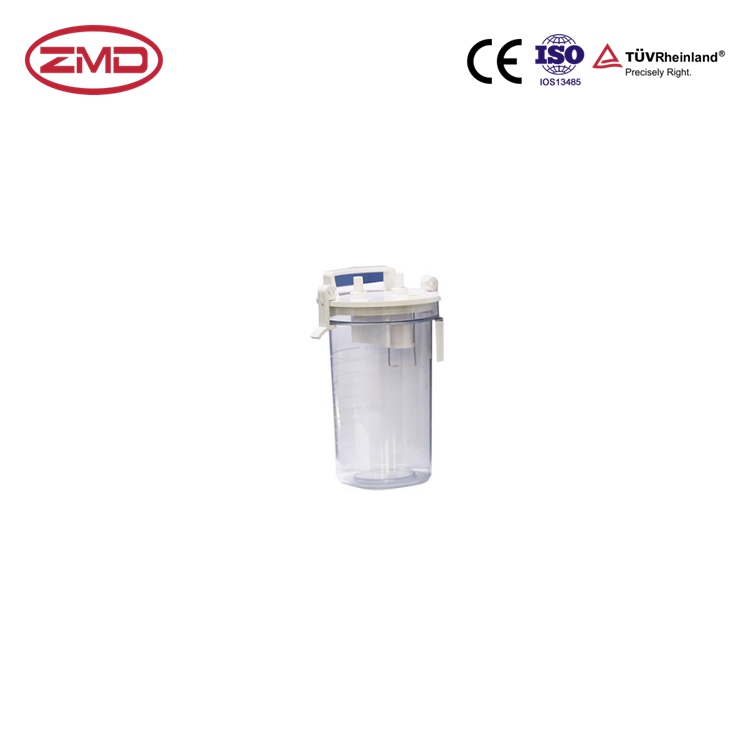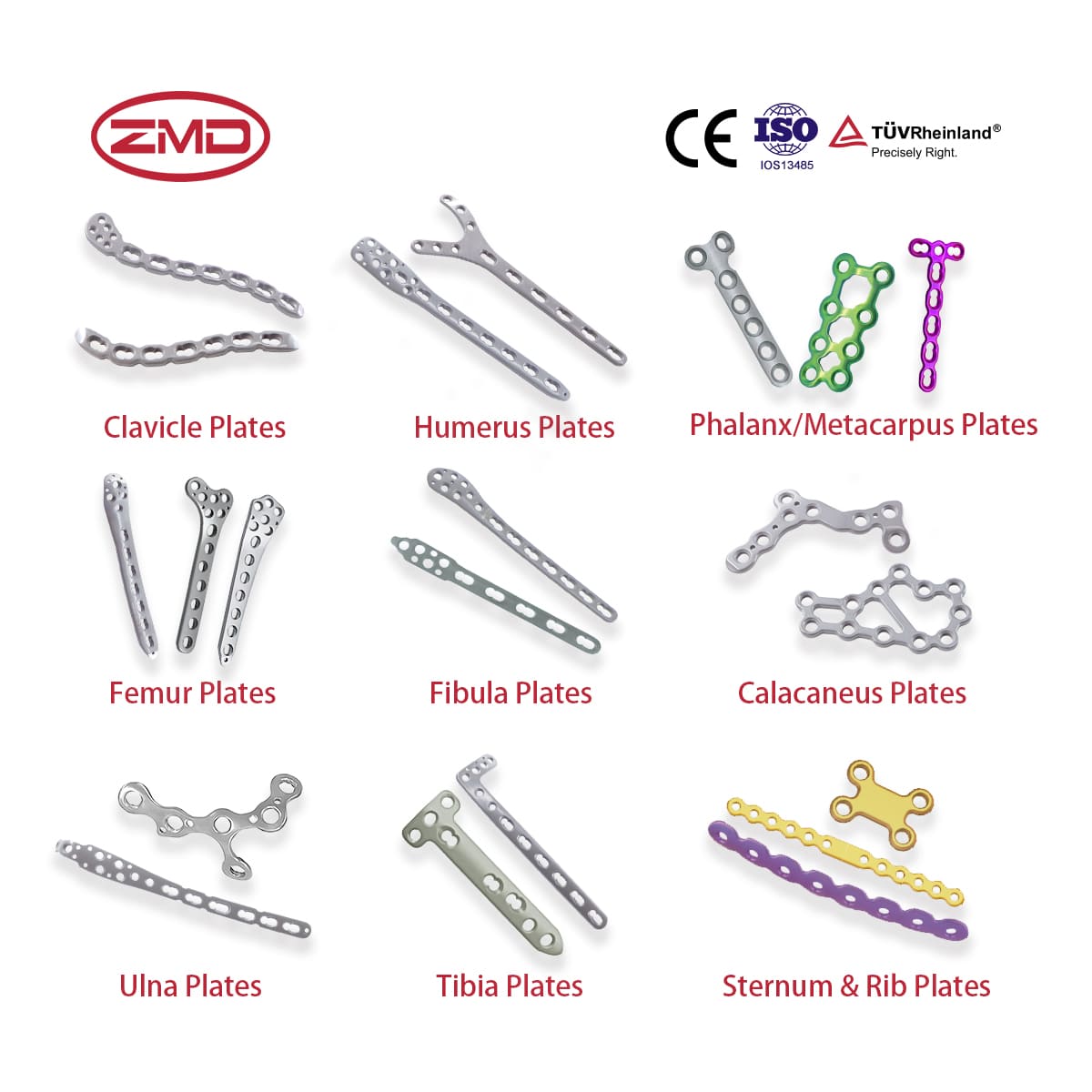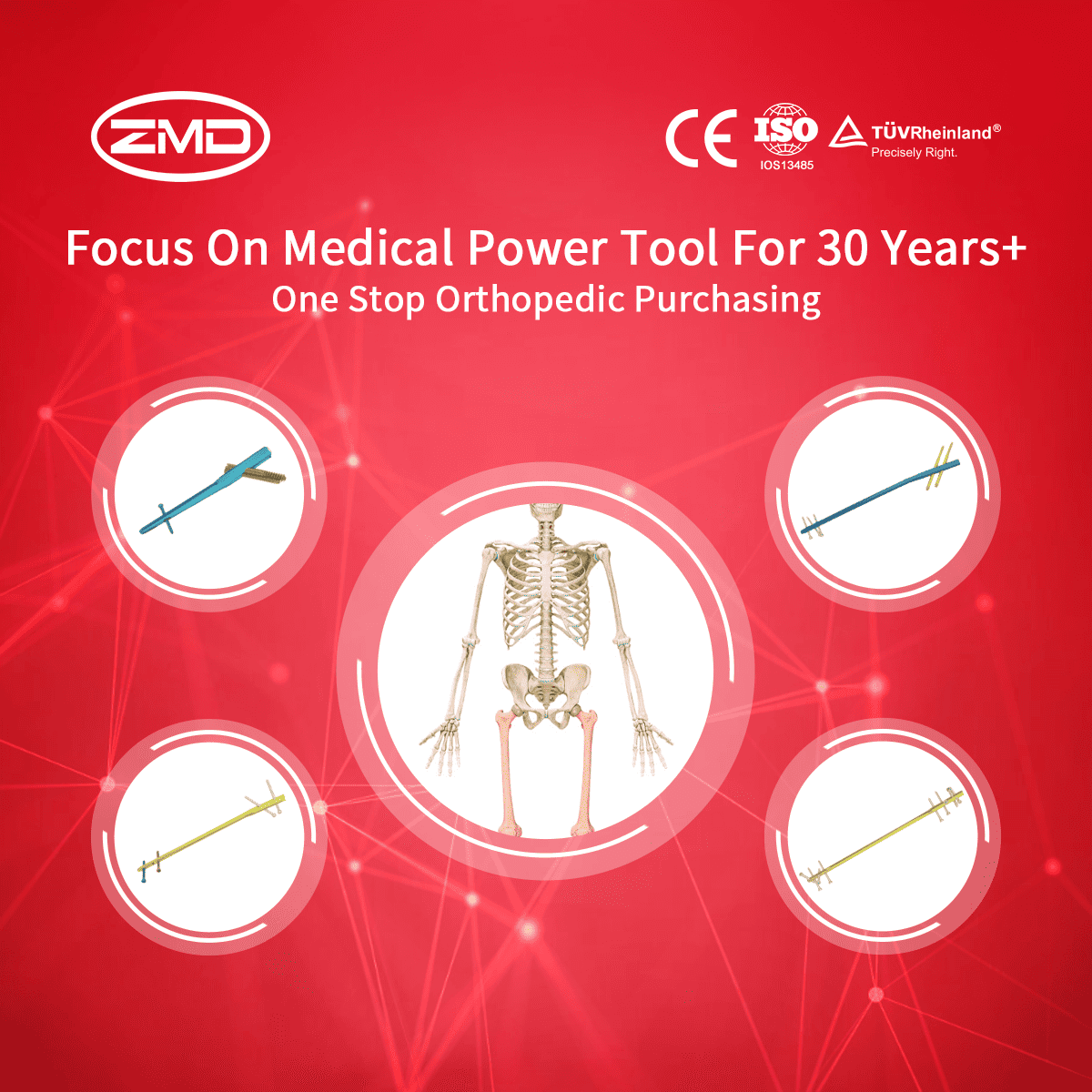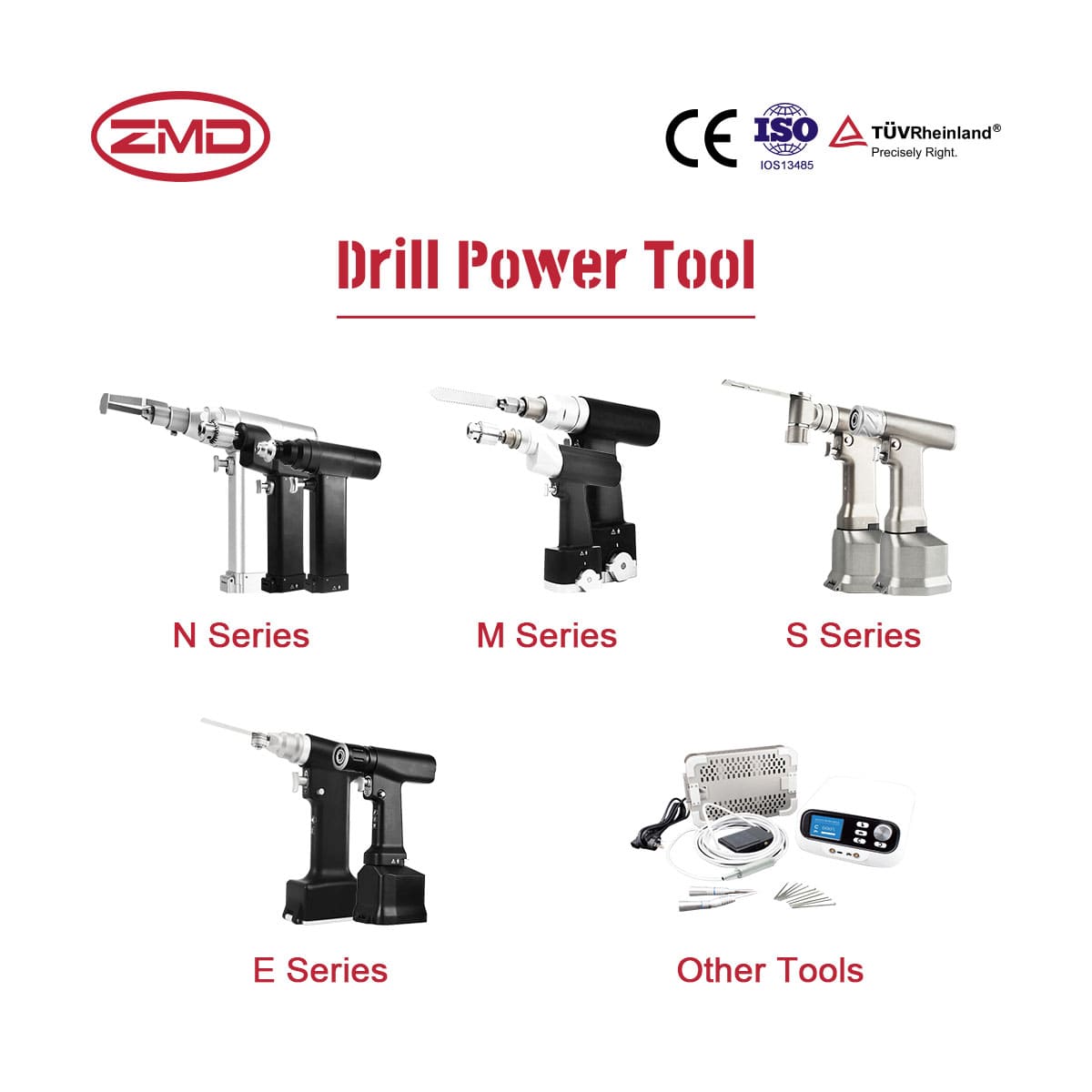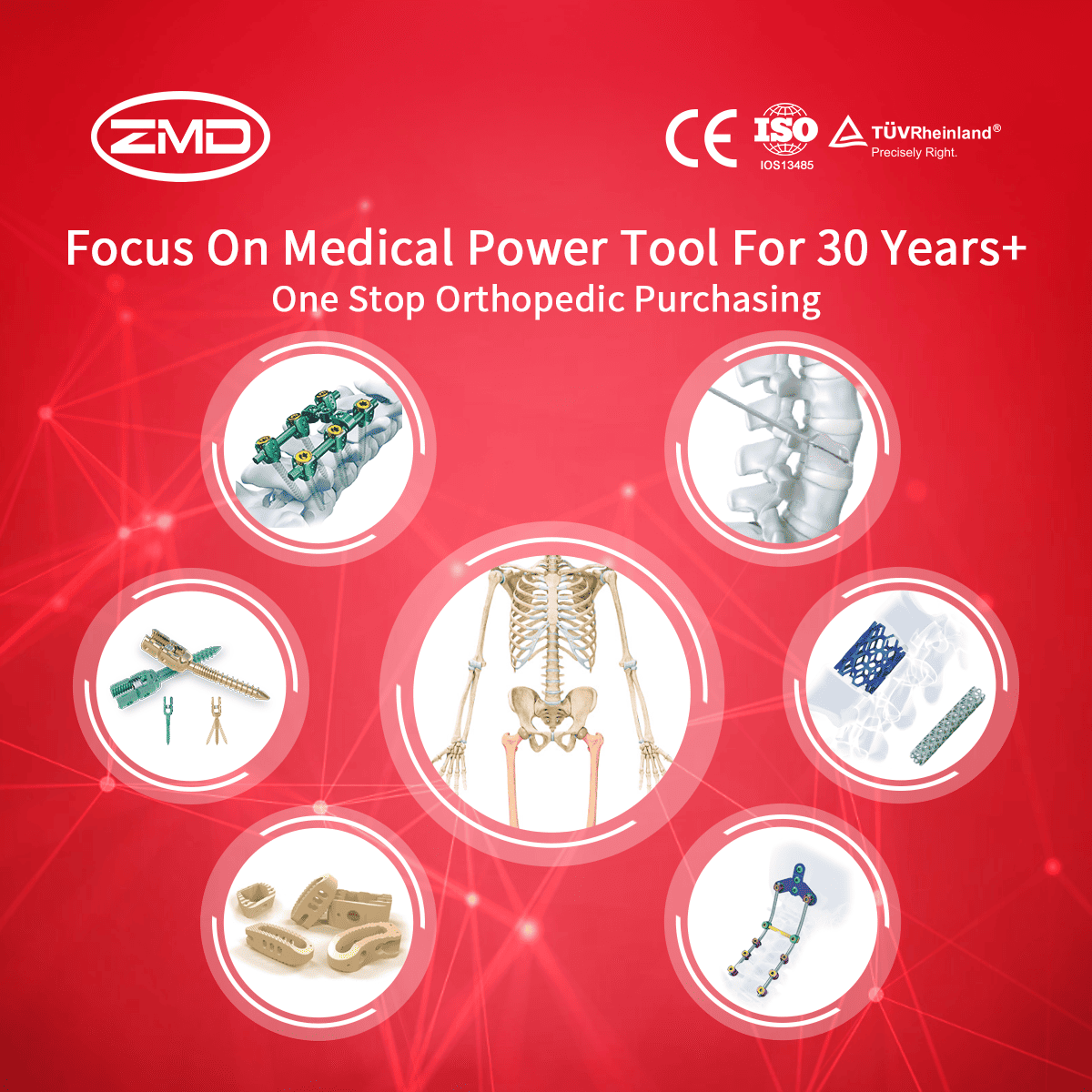VSD System
ZMD
Orthopedic Products
Haven't been able to locate the product you're searching for yet?
If you're interested in more orthopaedic implant products, feel free to get in touch with our ZMD consultants.
What are VSD Systems?
VSD systems, also known as vacuum – assisted closure (VAC) systems, are negative pressure wound therapy devices used to promote healing in various types of wounds. VSD systems consist of two main components
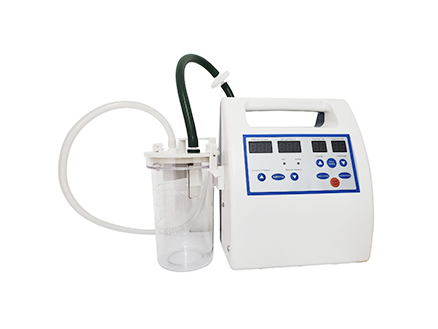
Vacuum Sealing Drainage Dressing Kit
VAC Machine
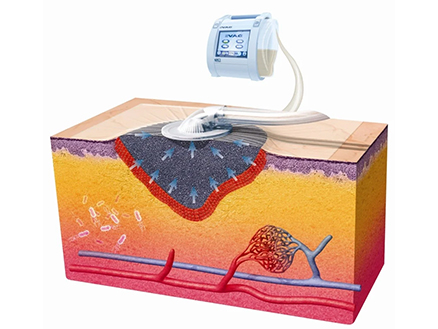
When Are VSD Systems Needed?
VSD systems, also known as vacuum-assisted closure (VAC) therapy, have become a crucial asset in modern wound care. Their significance lies in their ability to address wounds that pose challenges in healing
Surgical Wounds
Chronic Wounds
Traumatic Wounds
Blog
International Women’s Day: Salute to the “She – Power” at ZMD
International Women’s Day: Salute to the “She – Power” at ZMD Amid the trends of “Intelligent Medical Devices” and “Minimally Invasive Medical Technologies”, ZMD thrives
Discover Innovation with Sunan Medical at AAOS
Discover Innovation with Sunan Medical at AAOS The American Academy of Orthopaedic Surgeons (AAOS) Annual Meeting is the premier event for orthopedic professionals worldwide, offering
Visit Us at Expomed Eurasia 2025: Discover Sunan Medical’s Innovations
Visit Us at Expomed Eurasia 2025: Discover Sunan Medical’s Innovations The 32nd Expomed Eurasia, taking place from April 24-26, 2025, at the Tüyap Exhibition and

